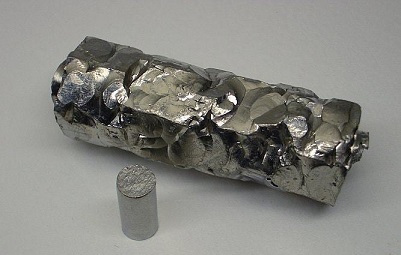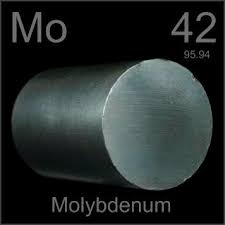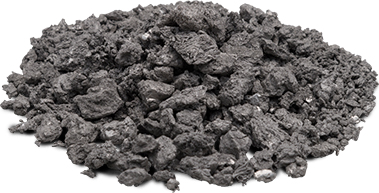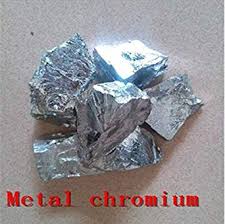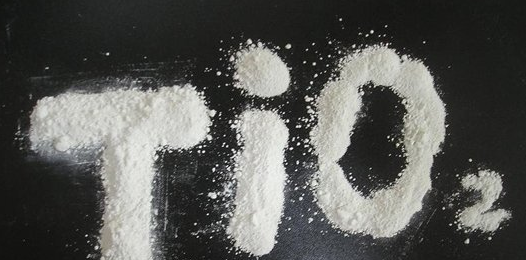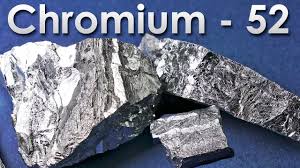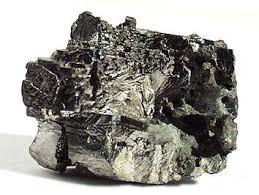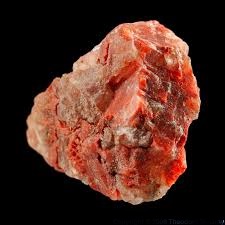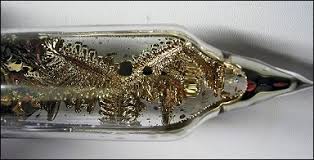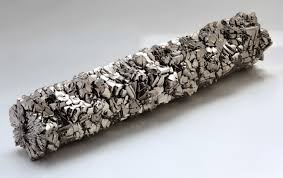Inorganic chemicals is the shortened form of inorganic chemical industry and is an important branch of the chemical industry with natural resources and industrial by-products as raw materials for the production of sulfuric acid, nitric acid, hydrochloric acid, phosphoric acid, soda ash, caustic soda, synthetic ammonia, fertilizer and inorganic salts, etc. This includes sulfuric acid industry, soda industry, the chloro-alkali industry, synthetic ammonia industry, fertilizer industry and mineral industry. Its broad definition also includes the production of inorganic non-metallic materials and fine inorganic product such as ceramics and inorganic pigment. The main raw material of inorganic chemical products are mineral product including sulfur, sodium, phosphorus, potassium and calcium and coal, oil, gas, and air, water and so on. Inorganic chemicals can be traced back to the ancient process of ceramics, alchemy, brewing, dyeing at thousands of years ago. Although with small scale, backward technology and pure manual manipulation, but it is the prototype of inorganic chemicals. For thousands of years, due to the low productivity, it gets slow development. Until the 18th century, it had developed rapidly. In the middle of 18th century, Britain had first applied lead chamber method using saltpeter and sulfur as raw materials to produce sulfuric acid. In 1783, Lu Bulan (France) proposed the soda method using sodium chloride, sulfuric acid, coal as raw materials. In the latter half of the 18th century, the modern chemical industry taking inorganic chemical industry as the main content had began to emerge. In 1841, people began the production of phosphate fertilizer; In 1965 Belgian Solvay realized the industrialization of ammonia soda for production of soda; with the rise of preparing potassium industry in 1870; In 1890, people began to use electrolytic approach for making Cl2 and caustic soda; In 1913, people had achieved the catalytic synthesis
Zirconium vs. Titanium
Zirconium is a naturally occurring element that is in a solid state at room temperature. It has a melting point of 3,362 degrees Fahrenheit and a boiling point of 7,952 degrees Fahrenheit. Its density
Sep 27,2019 Inorganic chemistryGeneral Properties of Molybdenum
Molybdenum is a hard, moderately dense (10,220 kg.m–3) refractory metal with a high melting point (m.p. 2621.85°C). Its freshly exposed surfaces are silvery white, but when tarnished the metal acquire
Sep 27,2019 Inorganic chemistryTECHNOLOGY FOR COMMERCIAL PRODUCTION OF TITANIUM SPONGE
Titanium sponge is the primary metal form of titanium. Titanium sponge is almost exclusively prepared by the Kroll process, with only one company in the world still using the Hunter process.58 The Kro
Sep 27,2019 Inorganic chemistryIndustrial Applications and Uses of Chromium
The most important application of chromium is in the production of steel. High-carbon and other grades of ferro-chomium alloys are added to steel to improve mechanical properties, increase hardening,
Sep 27,2019 Inorganic chemistryWhat Is Titanium Dioxide?
There seems to be a lot of misunderstanding about titanium dioxide, which can be used as a colorant in foods. While headlines may suggest titanium dioxide is a health concern, scientific research has
Sep 27,2019 Inorganic chemistryIndustrial Preparation of Chromium Metal
Chromium occurs in the minerals chromite, FeO?Cr2O3 and crocoite, PbCrO4. Chromium metal is produced by thermal reduction of chromium(III) oxide, Cr2O3 by aluminum, silicon or carbon. The starting mat
Sep 27,2019 Inorganic chemistryBeryllium Applications
Beryllium, chemical symbol Be, atomic number 4, and relative atomic mass (i.e., atomic weight) 9.012182, is the first element of the alkaline-earth metals, i.e., group IIA of Mendeleev’s periodic char
Sep 27,2019 Inorganic chemistryThe applications of Francium
Francium occurs naturally in nature as the 223Fr radionuclide in uranium minerals. It was first discovered in 1939 by Mademoiselle Marguerite Perey of The Institut Curie (Paris, France). The name come
Sep 27,2019 Inorganic chemistryThe applications and Preparation of Cesium
Cesium, or Caesium, chemical symbol Cs, atomic number 55, and relative atomic mass (i.e., atomic weight) 132.90545, is the fifth alkali metal of group IA of Mendeleev’s periodic chart. The word cesium
Sep 27,2019 Inorganic chemistryTitanium Properties and Characteristics
Titanium is also formidable in its resistance to corrosion by both water and chemical media. It does this by forming a thin layer of titanium dioxide (TiO2) on its surface that is extremely difficult
Sep 26,2019 Inorganic chemistry



